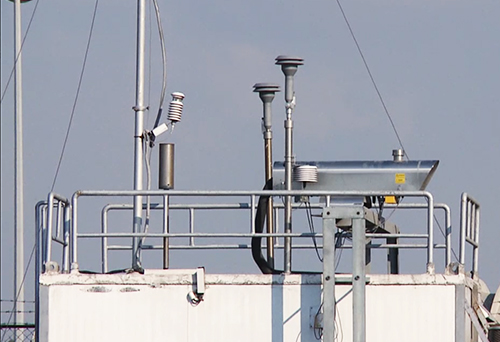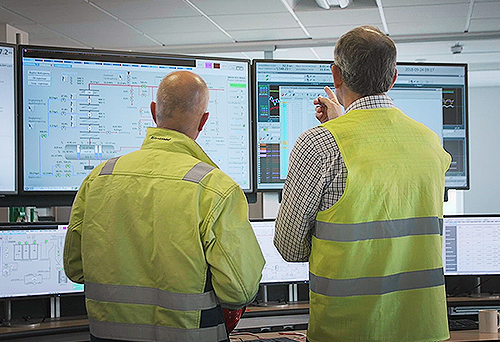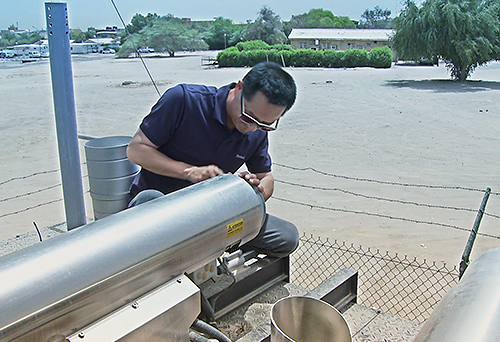Data Loggers
A "data logger" collects and stores time series of data from different types of instruments and sensors. The analysers included in the OPSIS DOAS and laser diode systems have powerful built-in data loggers that store data from both the analysers themselves and from the external sensors connected to them. OPSIS also offers stand-alone data loggers and Internet-connected devices for data transfer and remote control.
Sensor INTERFACeS
When monitoring the air quality, it is often also of interest to collect meteorological parameters such as temperature, air pressure, wind speed, and wind direction. Signals from such sensors are easily integrated into OPSIS monitoring systems, both in analysers and in stand-alone data loggers.
In simple cases, the sensors have analogue outputs for the measured value and perhaps a contact output to signal status. The signals are then connected to the measurement system via the OPSIS modular IOMan interface. IOMan can handle voltage and current signals (active and passive), closing and opening switches, and pulse counters, among others. More advanced sensors can have communication protocols to deliver information and OPSIS data loggers support about twenty different protocols.
OPSIS can supply several types of sensors, but it is also possible to connect sensors from other suppliers.

WT256 - DATA LOGGER WITH WEB INTERFACE
The WT256 "web transfer" contains a data logger with the same capabilities as those found in OPSIS gas analysers. In addition, it has an interface to the Internet which makes it possible to send data to external servers. It is therefore also used as a bridge between OPSIS gas analysers and the internet. The WT256 is usually connected to the Internet using a wireless router.
The Internet connection also allows the functions of the WT256 to be monitored and controlled remotely, and connected gas analysers can also be controlled remotely through the WT256. This makes it possible to monitor the instruments and diagnose and, to some extent, remedy potential problems.
The OPSIS cloud service OPSIS Data Services is based on data arriving from the WT256. It is also a central tool in the OPSIS Monitoring Services. All communication with the Internet is via encrypted protocols. All services including remote control capability are password protected.
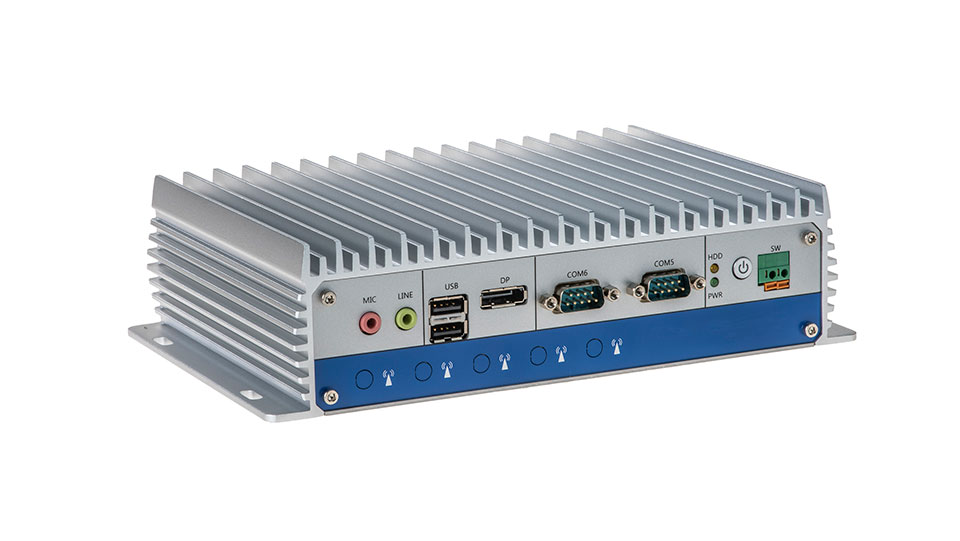
DL256 - STAND-ALONE DATA LOGGER
The OPSIS DL256 is a stand-alone data logger with the same capacity and functionality as the data loggers included in OPSIS gas analysers. The DL256 can therefore be adapted to virtually any data collection requirement. The DL256 collects data with one-minute time resolution and has memory capacity to operate for several years, even with many connected sensors. Communication software for remote control via serial connection is included in the data logger.
The DL256 is an adequate alternative to the WT256 and is mainly used in cases where it is not possible or desirable to connect the equipment to the Internet.
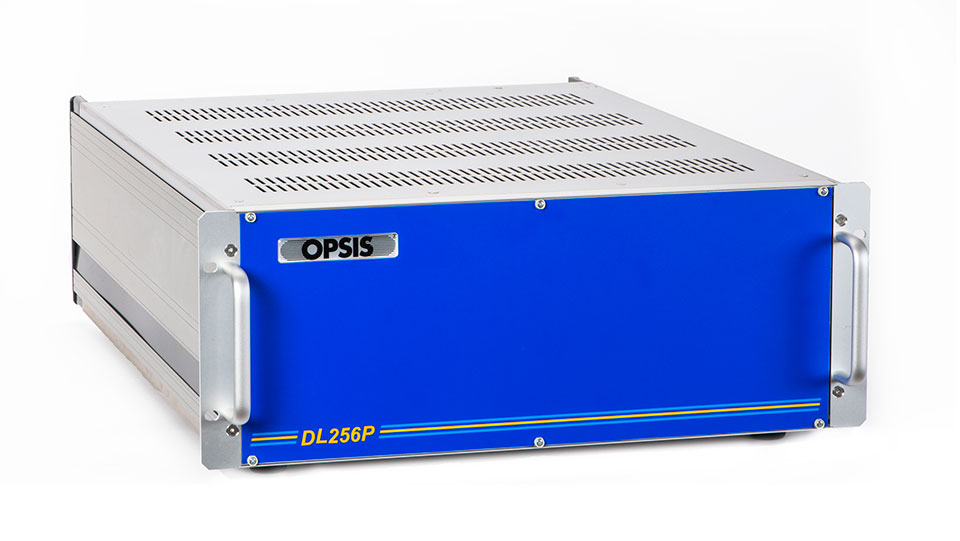
EXAMPLE OF A COMPLETE MONITORING SYSTEM
OPSIS gas and particle analysers, IOMan interfaces, and internet-connected data loggers make it possible to create complete monitoring stations for collecting and transmitting all types of monitoring data related to air quality. The illustration opposite gives an example of what it can look like with an AR500 DOAS gas analyser, an SM200 particle analyser, additional sensors connected to IOMan modules, and a WT256 as an interface to the internet. A monitoring station can be simpler, but OPSIS has also supplied, installed, and commissioned much larger and more complex systems than this.
By establishing several monitoring stations of this type, it is possible to create measurement networks for complete air quality monitoring at local, regional, or even national level. In combination with OPSIS cloud services ODS or OPSIS measurement services OMS, a well-structured and reliable total solution is achieved for all monitoring and reporting needs.
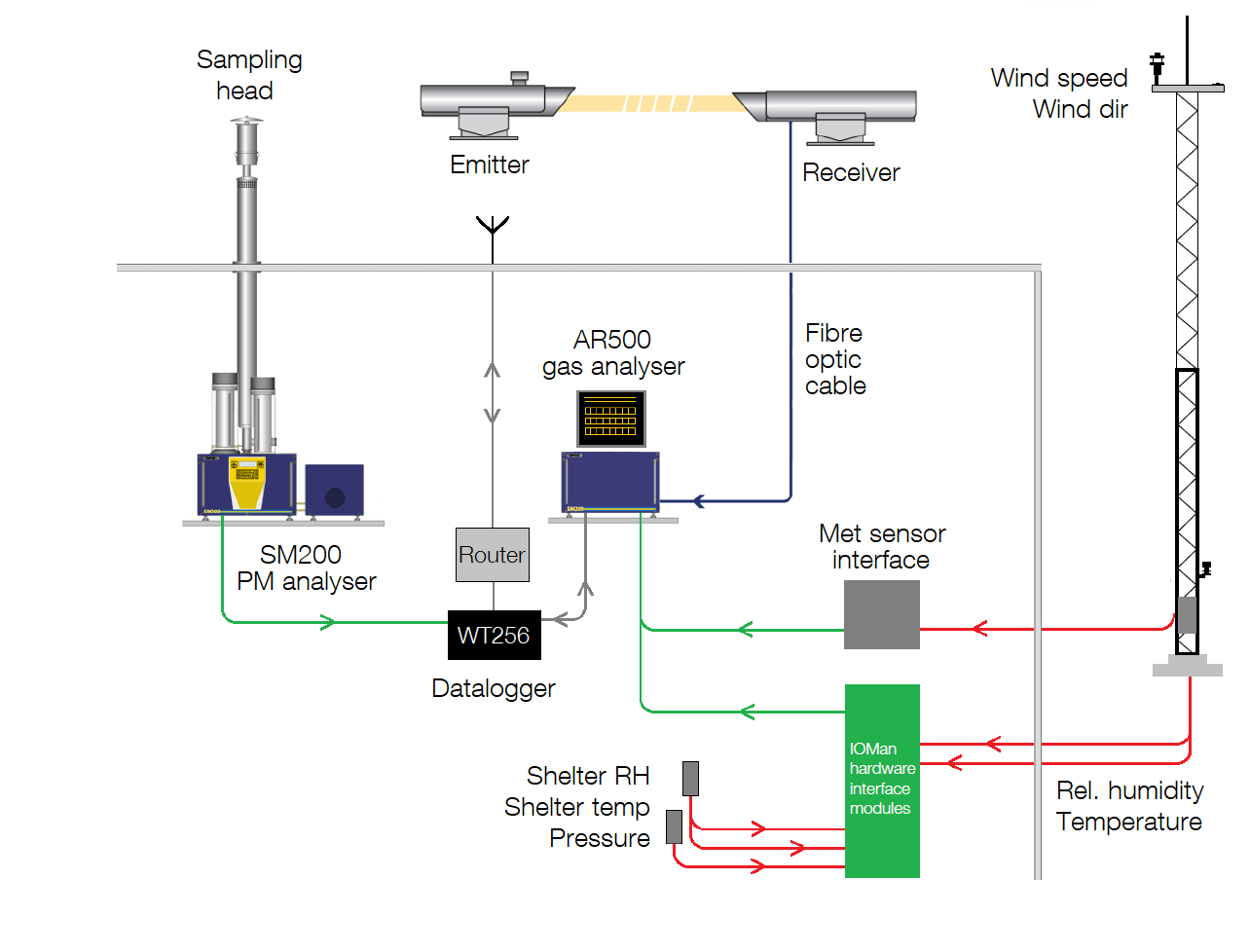
BLOGS ABOUT OUR PRODUCTS
On our blog you can read more about our air quality monitoring products and what they are used for, for example:

